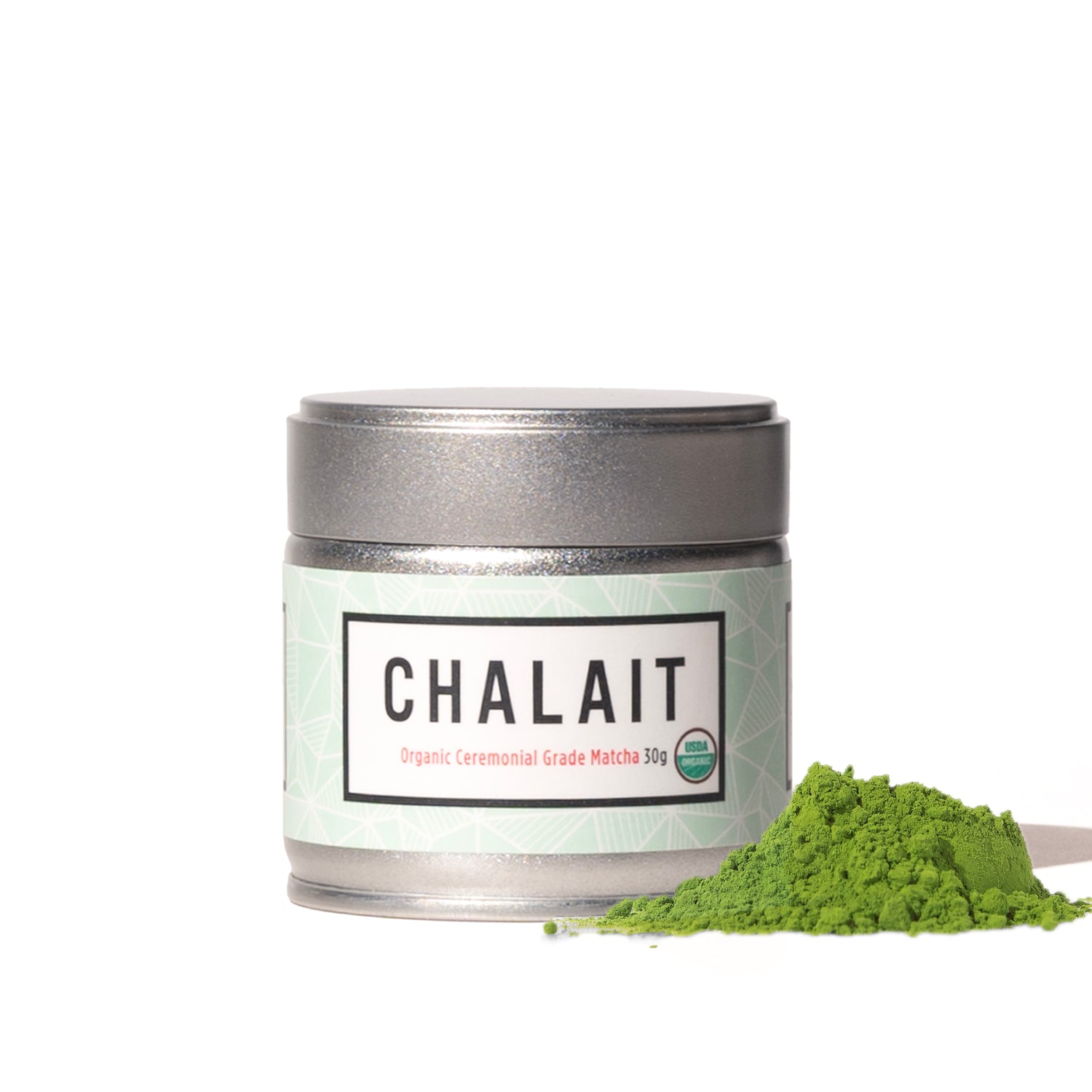In an age where consumers care not just about what they consume but also how it’s produced, ethical and sustainable sourcing of matcha has become an important topic. The journey of matcha from farm to cup can involve environmental impacts and human labor, so it’s worth examining what goes into responsible matcha production.
Here, we’ll explore what makes matcha sourcing ethical and sustainable, why it matters, and how you can ensure the matcha you buy aligns with your values (and supports the farmers and land that provide this precious tea).
Organic Farming: Why It Matters for Matcha – One of the first things to consider is whether the matcha is organically grown. Organic matcha is cultivated without synthetic pesticides, herbicides, or fertilizers. This has a twofold benefit: it’s better for the environment (preventing chemical runoff into soil and waterways, protecting local biodiversity) and better for you, the drinker (no pesticide residues in your tea). Since matcha involves consuming the entire leaf, any chemicals used in farming could end up in the final powder.
Organic matcha, however, assures you that the leaves were grown naturally. The Good Trade article emphasizes that many matcha farms use harmful chemicals unless they’re organic, and since you ingest the whole plant, organic is “an overall healthier alternative that reduces your exposure to any dangerous chemicals” . Furthermore, organic farming practices often include building soil health, crop rotation, and avoiding GMO seeds – all of which contribute to a more sustainable agriculture system long-term.
When matcha is certified organic by bodies like JAS (Japan Organic), USDA Organic, or EU Organic, it also often means the farm had to maintain certain sustainable practices, like soil conservation and water protection, as part of certification standards. Also, organic tea farming can be safer for farm workers – they’re not exposed to potentially toxic agrochemicals in the fields. So, choosing organic matcha supports a healthier ecosystem and farming community.
Shade-Growing and Biodiversity: Matcha tea leaves are shade-grown for several weeks before harvest. Traditionally, bamboo mats (called tana) were used to cover the tea plants. Today, some farms use synthetic shade cloths. The method of shading itself isn’t harmful; in fact, it’s part of the matcha quality process. But sustainable farms will carefully manage their shading materials to reuse them and avoid waste.
Some innovative farmers use shading techniques that incorporate existing forest canopy or plant companion trees, integrating the tea fields with natural vegetation. This can enhance local biodiversity (providing habitat for insects and birds), akin to how shade-grown coffee benefits ecosystems. While not all matcha farms do this, a sustainably-minded one might.
Harvesting and Processing: The finest matcha is often hand-picked to ensure only the young top leaves are taken. Hand-picking is labor-intensive but provides jobs in rural areas. Sustainable operations will treat workers fairly and pay a living wage for this skilled labor. On the processing side, matcha is stone-ground – traditionally with granite wheels. Some large producers now use ball mills or other machines. Stone grinding is slow (an ethical producer won’t cut corners here; they’ll grind at low temperatures to preserve nutrients, even if it takes an hour to grind 30g).
From a sustainability standpoint, using traditional stone grinders might consume less energy than industrial high-speed milling, but either way energy use is a consideration. Some matcha companies are starting to use renewable energy in their processing facilities.
Ethical Labor Practices: Tea agriculture has had issues historically with labor – low wages, long hours, sometimes even child labor in worst cases (though that’s more reported in some parts of China or other tea regions, not commonly in Japan which has strict labor laws). However, as matcha demand grows and production extends beyond Japan (there are farms in China, Kenya, etc. producing “matcha”), ensuring fair labor is critical.
Fair Trade Certified matcha or direct trade models can help guarantee that farmers and workers get fair compensation. Japan doesn’t really do Fair Trade labeling in the same way (because many tea farms are small, family-run operations), but if you look at matcha from outside Japan, fair trade certification could be something to look for.
Even in Japan, though, ethical sourcing means supporting the small farmers who uphold quality and tradition. Many matcha companies like Chalait engage in direct trade: they build relationships with specific tea farmers, agree on prices directly, and often pay above commodity rates for high-quality organic tea. This ensures the farm gets a good income and can continue sustainable practices.
Sustainable Farming Practices: Beyond avoiding chemicals, sustainable matcha farming might involve:
• Soil Health: Using compost, tea pruning remnants as mulch, natural fertilizers (like rapeseed meal or fish emulsion) to feed the soil. Healthy soil sequesters carbon and retains water better.
• Water Conservation: Tea needs water, especially during growth. Good farms implement irrigation techniques that minimize water waste (like drip irrigation) or use rainwater harvesting. Because tea is often grown in rainy regions in Japan, irrigation is sometimes minimal anyway, but climate change might be shifting that.
• Wildlife Protection: Not clearing all vegetation around tea fields, controlling pests with integrated pest management (e.g., encouraging natural predators like spiders or ladybugs rather than spraying insecticide). If synthetic pesticides are avoided, beneficial bugs thrive and help naturally keep harmful pests in check.
• Pollution Reduction: Processing matcha can produce waste (like stems stripped from leaves, or dust). These can be repurposed – stems can be used for other tea products (like kukicha tea), and dust can be compressed or used in culinary grade matcha rather than wasted. Some companies have even looked into composting tea waste or using it as cattle feed (tea leaves are used in some Japanese Wagyu feed!).
Certifications to Look For:
• Organic Certifications (JAS, USDA, EU-Bio) – indicate sustainable farming.
• Fair Trade Certification – indicates ethical labor and community support.
• Rainforest Alliance or Similar – not common for matcha yet, but if present, it’d indicate certain environmental standards.
• Small Producer Seal or Direct Trade Info – sometimes companies share the farms’ names and stories, which can be a sign of transparency and ethical relationships.
Packaging: Sustainability also extends to packaging. Traditional matcha tins are recyclable metal. Many companies now also package matcha in recyclable or biodegradable pouches. Since matcha is delicate, packaging has to be airtight and lightproof; sustainable options include recyclable aluminum foil lining or paper cans. Some ethical brands even use soy-based inks and minimal plastic.
Impact on Communities: Buying matcha from sustainable sources often means supporting tea-farming communities. Some companies give back – e.g., by funding local schools or investing in farm improvements. Ethical sourcing often goes hand in hand with such social responsibility initiatives.
Greenwashing Caution: Unfortunately, as matcha is trendy, some might slap buzzwords like “sustainable” without real backing. It’s wise to do a bit of research or look for certifications. A truly ethical brand will have info on their site about where their matcha comes from, any cooperative or direct trade arrangements, organic status, etc.
Consumer’s Role: By choosing ethically-sourced matcha, you encourage the industry to maintain high standards. The increase in demand for organic matcha has already led more Japanese farms to go organic (which historically was challenging due to humidity causing pests/fungal issues – but new techniques and consumer willingness to pay a premium have made organic matcha more feasible). Likewise, if more people ask for fair trade or at least transparency, companies will provide it.
The Good Trade criteria lists many things: organic ingredients, sustainable farming, ethical business (fair labor, giving back) – we can mention those principles. They even list Rainforest Alliance coffees and teas (though for matcha specifically, JAS Organic is common). It’s all about ensuring a low-impact, ethically positive tea supply chain.
Concluding Ethically: Sipping matcha can feel even better when you know it’s been produced in harmony with nature and with respect for those who made it. By supporting ethical matcha producers, you as a consumer become part of a cycle that preserves tea traditions, protects the environment, and uplifts farming communities. In other words, you’re not just drinking green – you’re going green.

